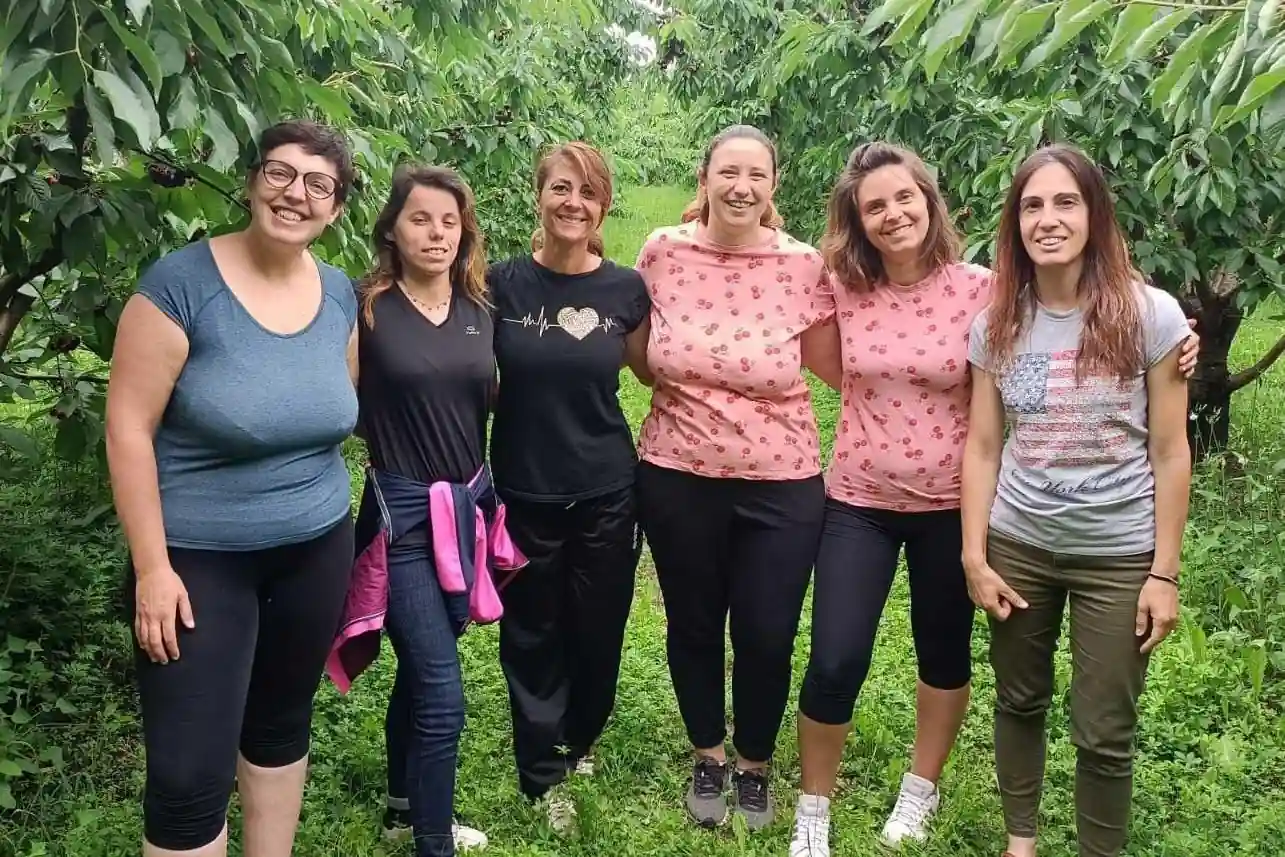Flowering is a crucial phase in fruit production and Prunus species are characterised by a flowering development that lasts four seasons. Flowering time, at genetic level, is a quantitative characteristic with a high degree of heritability, encompassing numerous processes.
Understanding the entire flower development cycle, from the beginning of bud formation to anthesis, is useful for the development of new cultivation techniques to regulate flowering time. In sour cherries, as in other fruits of the rosaceous family, planning for the following year's flowering begins during the summer.
At an early stage, the side and spur buds are vegetative, but show the ability to develop into flower buds. Although the precise molecular mechanisms underlying the bud-to-flower transition remain poorly understood, it must be admitted that their elucidation has progressed over the last decade.
Numerous transcriptional studies and applications of growth regulators have shown that the regulation of flower initiation in rosaceous species is significantly influenced by hormonal balance. It has been hypothesised that high concentrations of abscisic acid and indole-acetic acid, together with a decrease in the ratio of gibberellic acid to cytokinin, facilitate flower initiation in apple and sweet cherry.
Understanding the entire process is crucial for developing methods to manipulate flowering times during the selection process, a final attempt to avoid climate change-induced reductions in cultivation areas.
Researchers at Michigan State University (USA) provide a comprehensive analysis of the flower development of both early- and late-flowering sour cherries (Prunus cerasus), from the beginning of flower bud formation to flowering, using a population segregating for a significant quantitative trait locus (QTL) regulating flowering time on chromosome 4.
It was determined that, according to a new system of subdivision of different developmental stages, the flower buds of early flowering trees remained consistently more developed than those of late-flowering relatives. During the transition from vegetative to floral growth, transcriptome analyses identified a substantial number of genes within this quantitative trait locus that were differentially expressed between early- and late-flowering trees
Candidate genes for the late flowering phenotype were also identified.
Furthermore, it was noted that the genes present in sour cherry are presumably distinct from the candidate genes identified in sweet cherry, indicating that a number of significant regulators of flowering time are located on chromosome 4 in Prunus species. In summary, the evaluation of flower development stages from the beginning of bud formation to anthesis in both early- and late-flowering sour cherry parentals indicates that analyses performed from the dormancy stage may limit the understanding of flowering in fruit trees.
Data resulting from bud sectioning unequivocally demonstrate that developmental differences begin with bud differentiation and transcriptional tests confirm molecular differentiations even earlier. The impact of the developmental stage at which an organism enters dormancy on bud flower induction is currently unknown, as this is a largely unexplored topic.
In conclusion, the experiments conducted in this study confirm the existence of variations in growth rates between flowering groups when flowers resume development in spring.
Source: Charity Z. Goeckeritz, Chloe Grabb, Rebecca Grumet, Amy F. Iezzoni, Courtney A. Hollender, Genetic factors acting prior to dormancy in sour cherry influence bloom time the following spring, bioRxiv 2023.11.09.566501; doi: https://doi.org/10.1101/2023.11.09.566501.
Melissa Venturi
University of Bologna (IT)
Cherry Times - All rights reserved












